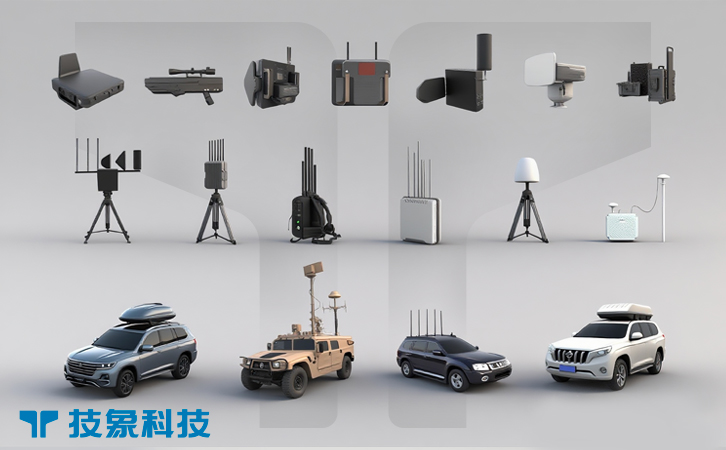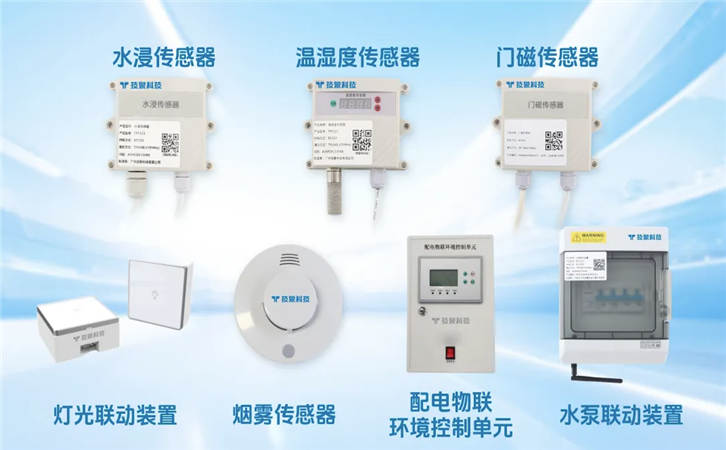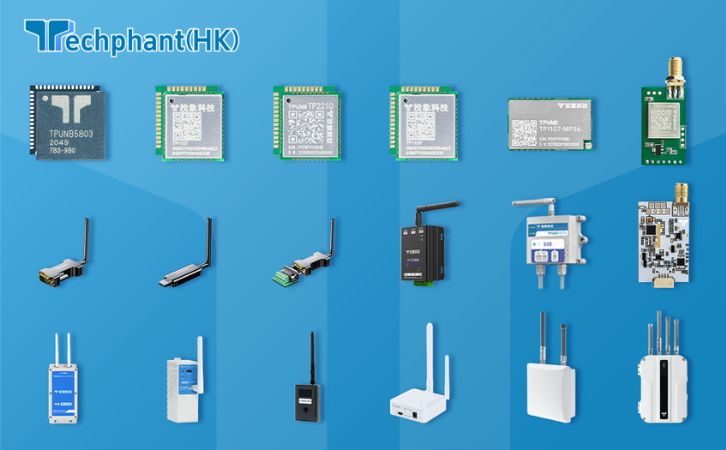The global surge in unmanned aerial vehicles (UAVs), with over 6 million commercial drones in use in 2025, has amplified threats from rogue drones engaged in smuggling, espionage, and disruptions, necessitating robust counter-drone systems (C-UAS). However, the high costs of advanced C-UAS technologies, such as radars and lasers, often exceed millions of dollars, limiting access for smaller organizations like local governments, small airports, or private venues. Affordable counter-drone solutions are critical to democratize security, ensuring broader protection against aerial threats. From modular systems to low-cost sensors, innovations are driving down costs while maintaining effectiveness. This article explores the cost barriers of C-UAS, affordable detection technologies, cost-effective neutralization methods, and future strategies to enhance accessibility, highlighting the push for budget-friendly defenses in an era of escalating drone risks.
I. The Cost Barriers of Counter-Drone Systems
The financial burden of counter-drone systems poses a significant challenge, particularly for resource-constrained entities. High-end C-UAS, like active electronically scanned array (AESA) radars, can cost over $100,000 per unit, while high-energy lasers (HELs) reach $10 million, including power and cooling infrastructure. In 2025, a single DE M-SHORAD laser system for military use requires a $5 million investment, excluding maintenance, which can add 20% annually. These costs are feasible for large-scale operations like military bases or major airports but prohibitive for smaller venues, such as rural prisons or local stadiums, which reported over 1,000 drone incursions in the U.S. last year.
Additional expenses include training, with operators needing weeks of specialized instruction, and integration with existing security systems, which can cost $50,000 for software upgrades. In urban settings, multiple sensors are needed to cover large areas, escalating budgets—covering a 5 km² area might require $500,000 in equipment. Regulatory compliance, such as FCC licensing for RF jamming in the U.S., adds fees and legal costs, with non-compliance fines up to $100,000. The 2018 Gatwick Airport incident, costing $20 million in disruptions, underscores the economic stakes, yet high costs prevent smaller entities from deploying C-UAS, leaving them vulnerable to smuggling or surveillance. This disparity drives the need for affordable solutions that maintain efficacy without breaking budgets.
II. Affordable Detection Technologies
To address cost barriers, affordable detection technologies leverage low-cost, scalable solutions suitable for diverse applications. Radio frequency (RF) sensors, like DroneShield’s RfOne, start at $5,000 and consume minimal power (10-20 watts), making them ideal for small airports or prisons. These passive systems detect drone signals in the 2.4 GHz and 5.8 GHz bands, identifying UAVs up to 2 km away without expensive radar infrastructure. In 2025, a U.K. prison deployed RF sensors for $15,000, thwarting 80% of smuggling attempts, proving cost-effectiveness.
Acoustic sensors, such as Squarehead’s Discovair, cost under $10,000 and operate on 5 watts, detecting drone propeller sounds up to 500 meters, suitable for urban venues with high RF noise. Optical cameras with basic AI, like those from FLIR, start at $3,000, offering visual detection for small sites like event spaces. These systems use off-the-shelf components and open-source software, reducing development costs. Modular designs, as seen in Black Sage’s 2025 portable kits, allow users to scale coverage by adding sensors incrementally, keeping initial investments below $20,000.
Open-source AI platforms, trained on public drone datasets, further lower costs by enabling local processing, avoiding expensive cloud subscriptions. In 2025, community colleges in the U.S. adopted such systems for campus security, spending under $10,000 per site. While limited by shorter ranges than radars, these technologies provide affordable, reliable detection, democratizing access for budget-constrained organizations.
III. Cost-Effective Neutralization Methods
Neutralization methods must balance affordability with effectiveness to counter drones without straining budgets. RF jamming, a low-cost option, disrupts drone communications for under $10,000 per unit, using targeted signals to force landings, as seen in 2025 trials at a Canadian festival, costing $8,000 to secure a 1 km² area. GPS spoofing, like Regulus Cyber’s Pyramid, redirects drones for $15,000 per system, consuming just 50 watts, making it viable for solar-powered setups at remote sites.
Net-based capture systems, such as OpenWorks’ SkyNet, offer reusable solutions starting at $12,000, firing nets to ensnare drones without destruction, preserving evidence for legal action. A 2025 Australian prison pilot used net launchers for $20,000, reducing contraband drops by 70%. These methods avoid the high costs of kinetic interceptors like missiles ($100,000+ per shot) or lasers ($1 million+). Modular systems allow incremental upgrades, and open-source software for jamming or spoofing cuts licensing fees. Integration with affordable detection ensures cost efficiency, with 2025 deployments at U.S. community centers using $25,000 combined systems to secure events, demonstrating scalability for small budgets.
Challenges include regulatory restrictions—jamming is limited to authorized U.S. agencies—and the need for trained operators, though simplified interfaces reduce training costs. These methods prioritize affordability and safety, making C-UAS accessible to smaller entities.
IV. Challenges and Future Innovations
Despite progress, affordable C-UAS face challenges that limit widespread adoption. Low-cost systems often have shorter ranges—RF and acoustic sensors cover under 2 km—requiring multiple units to secure large areas, increasing costs. Regulatory hurdles, like U.S. FCC bans on civilian jamming, restrict neutralization options, forcing reliance on detection-only systems that may not deter persistent threats. Maintenance and upgrades for budget systems can add 15% to annual costs, straining small budgets.
Privacy concerns arise from RF monitoring, potentially capturing civilian signals, necessitating clear data protocols, as urged in 2025 policy debates. Future innovations promise solutions: by 2030, open-source AI will reduce software costs by 50%, enabling free updates for detection algorithms. Modular, plug-and-play C-UAS kits, showcased at the 2025 Counter UAS Technology USA Conference, will lower setup costs to $5,000 for basic systems. Solar-powered sensors and biodegradable nets, tested in 2025 EU trials, will cut energy and waste costs. Blockchain-secured networks will enable shared C-UAS infrastructure among small entities, reducing individual expenses. Relaxed regulations, proposed in the 2025 DEFENSE Act, could expand affordable neutralization options. These advancements will make C-UAS universally accessible, leveling the playing field against drone threats.
Conclusion
Budget battles in counter-drone technology are critical to ensuring all organizations, from small venues to major facilities, can protect against rogue UAVs in 2025. Affordable detection like RF and acoustic sensors, paired with cost-effective neutralization methods such as jamming and netting, democratize security without sacrificing efficacy. Real-world successes in prisons and events highlight their impact, yet challenges like range limits and regulations persist. Future innovations in open-source AI, modular designs, and policy reform will further reduce costs, making C-UAS accessible to all. By prioritizing affordability, stakeholders can secure airspaces equitably, countering drone threats efficiently in an increasingly UAV-saturated world.



